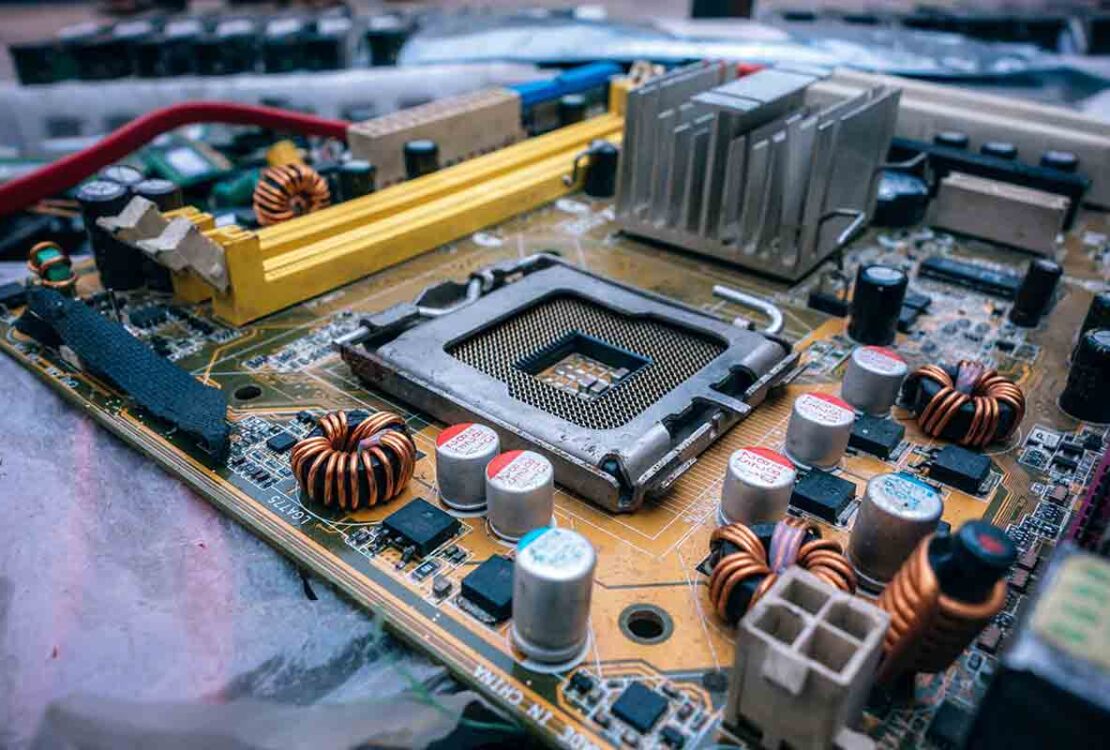
Picking the best motherboard for your gaming PC is often a lower priority than finding the most extreme graphics cards and processors you can buy.
POPULAR NEWS
Leo Purus. Suscipit dui fusce metus elit. Consequat nostra Natoque litora magna neque risus dapibus ...
APPLICATION

TECHNOLOGY

GADGETS

TOP REVIEWS
In the world of stress relief and productivity tools, the Fidget ...
“Who viewed my Facebook profile?” or “Who are the Facebook profile ...
This is the era of online streaming where people can watch ...
LATEST BLOG ARTICLES
Is it really possible to open blocked YouTube? ...
Codex Executor is one of the most popular ...
If you’re looking to extend the coverage of ...
Sukebei is a term that often surfaces in ...
ExtraTorrent was once one of the largest and ...
Have you ever encountered the mysterious Werfault.exe process ...
Although Windows XP was officially discontinued by Microsoft ...
Encountering installation errors can be one of the ...






























